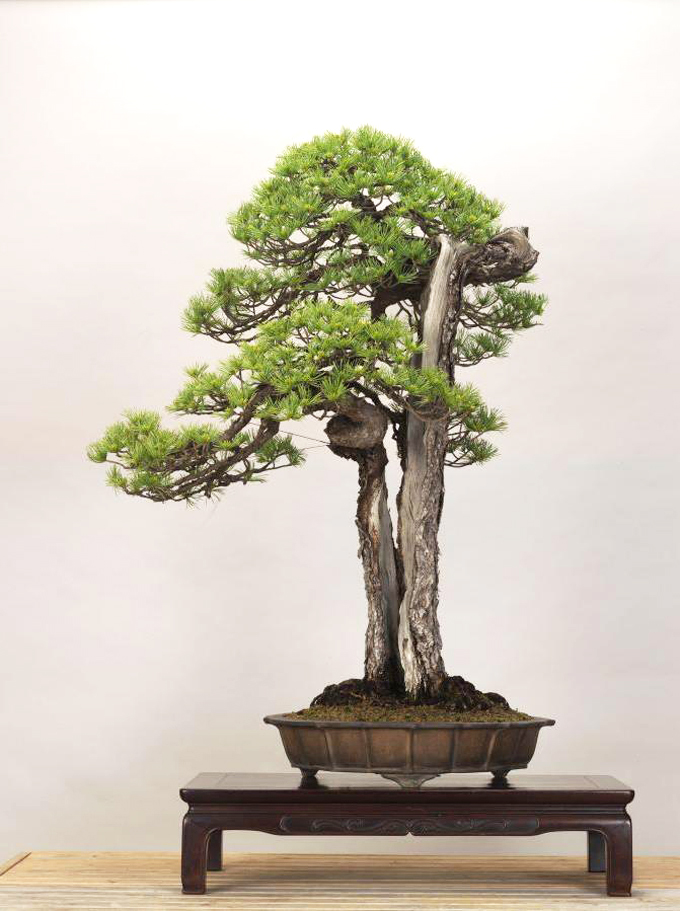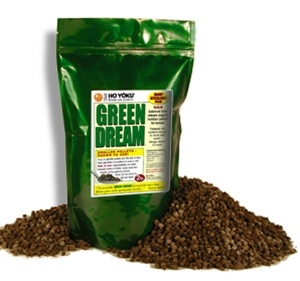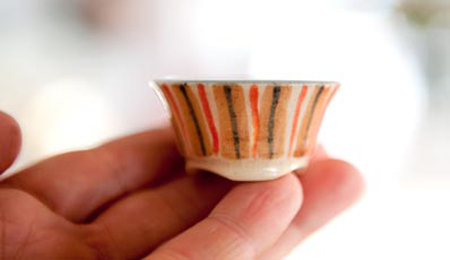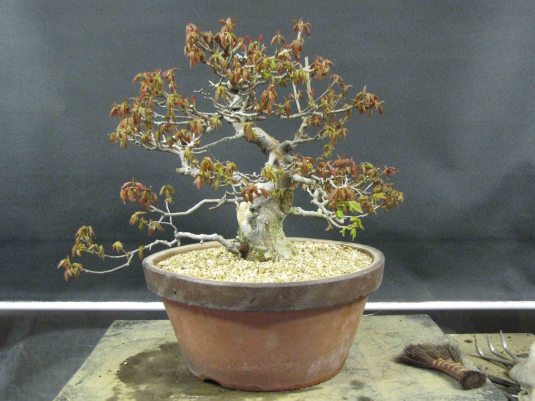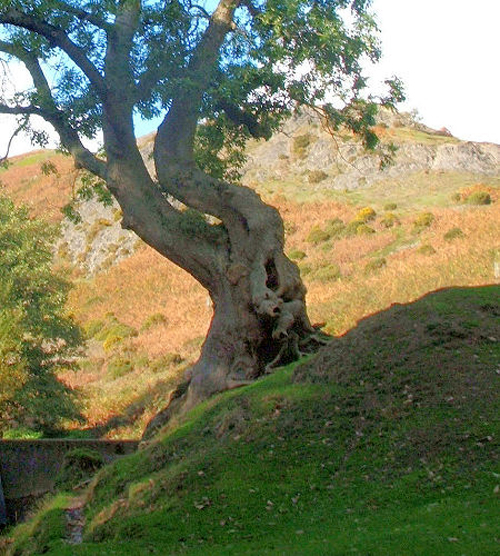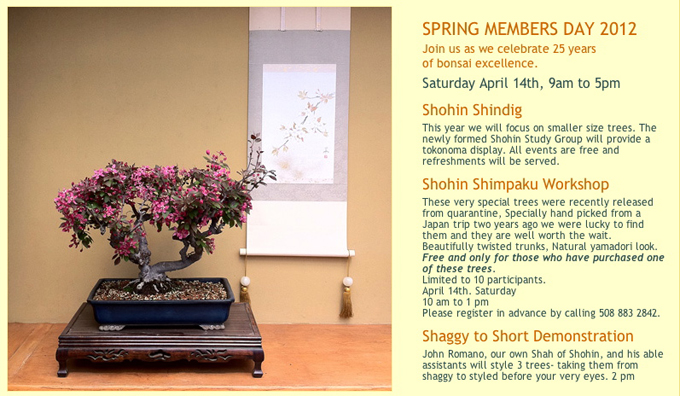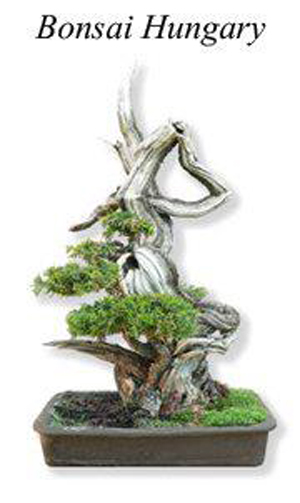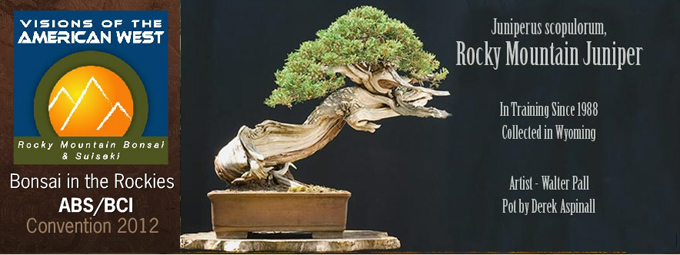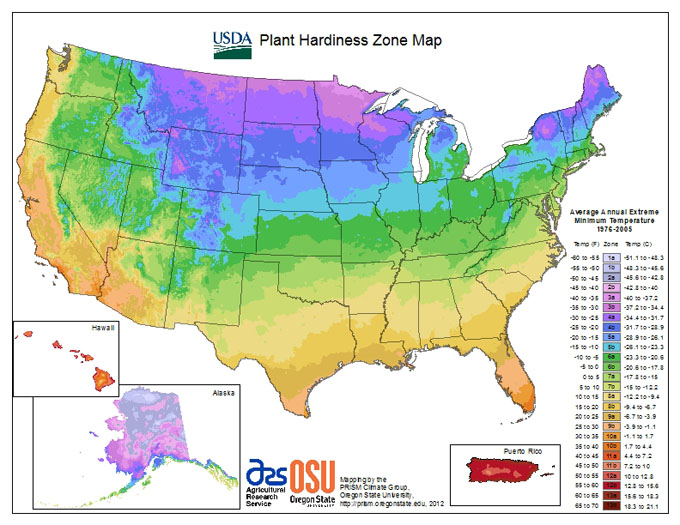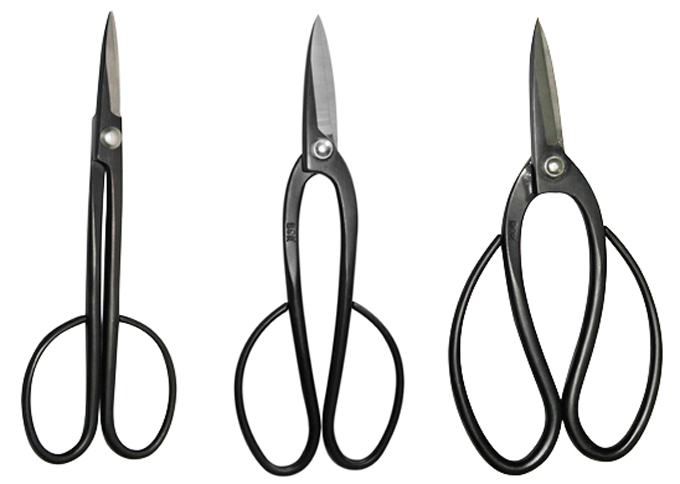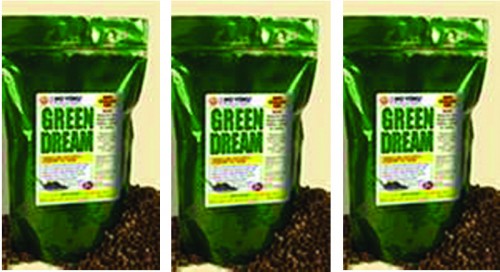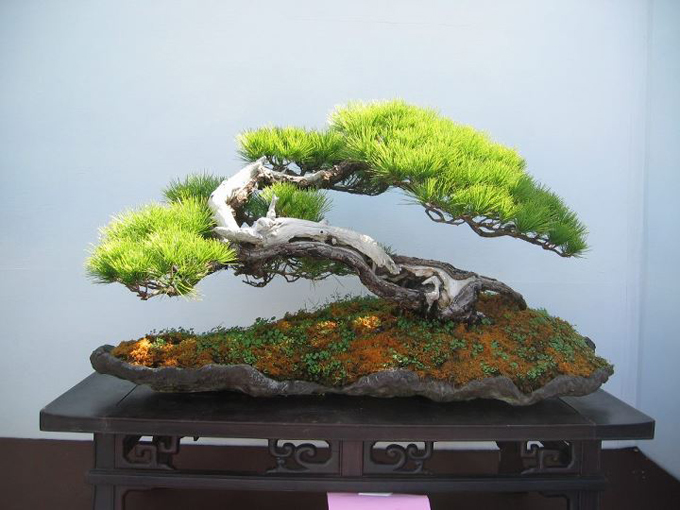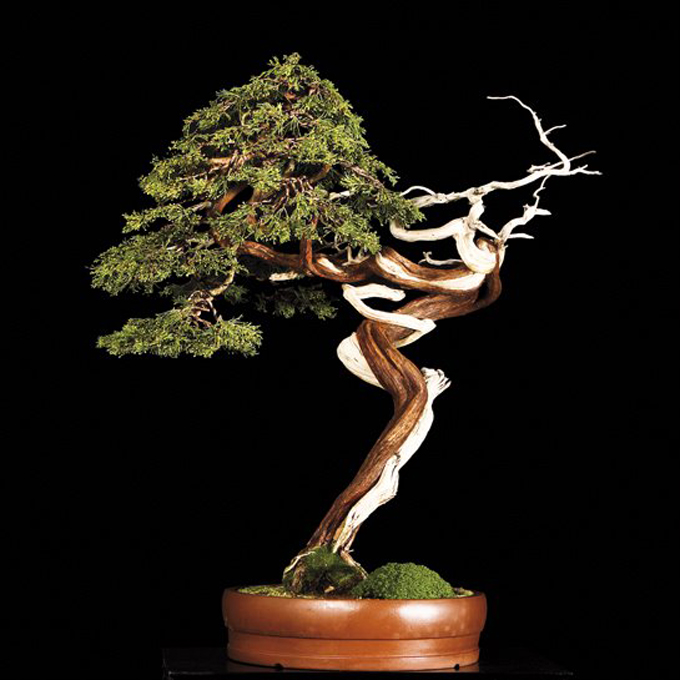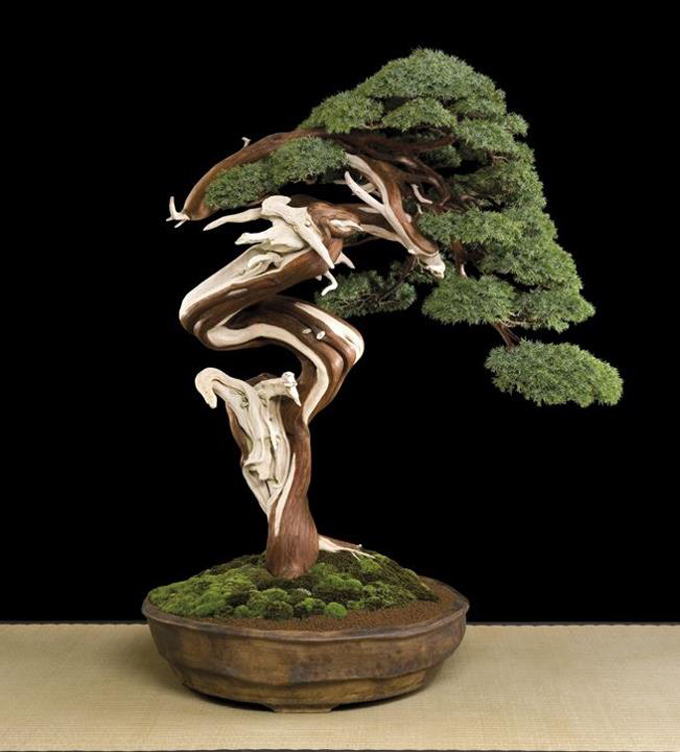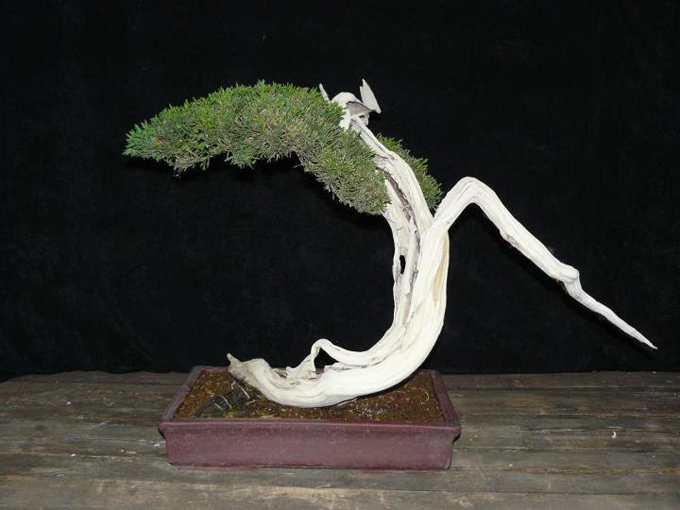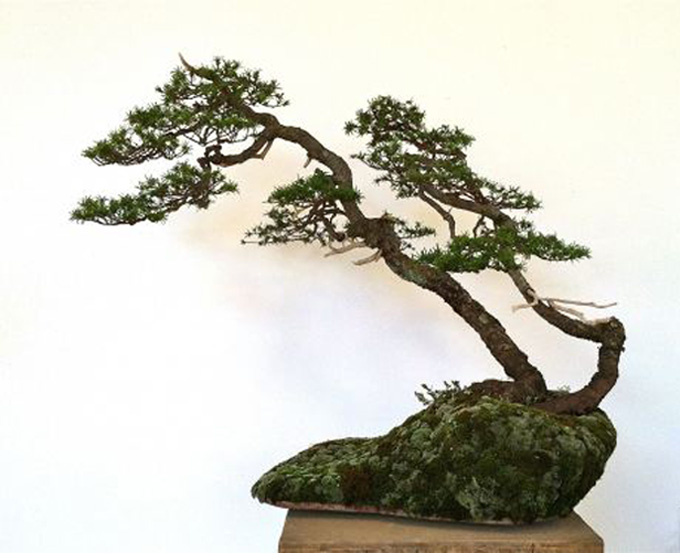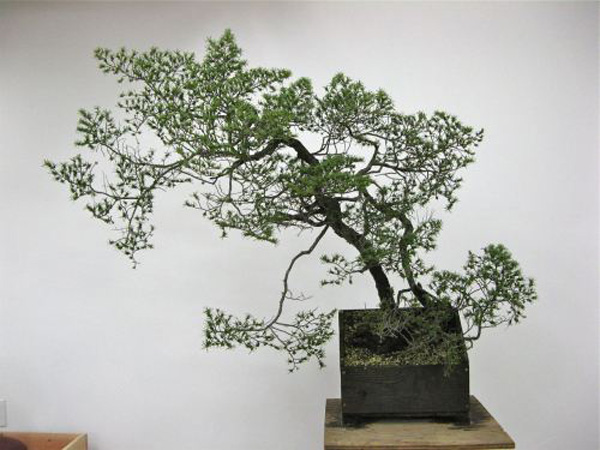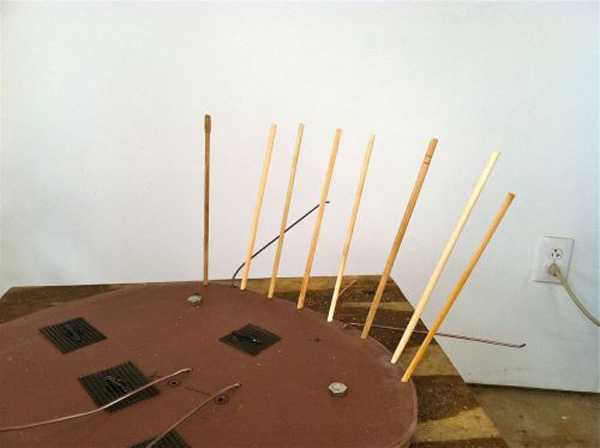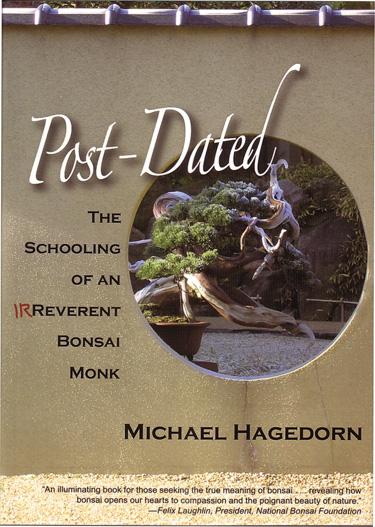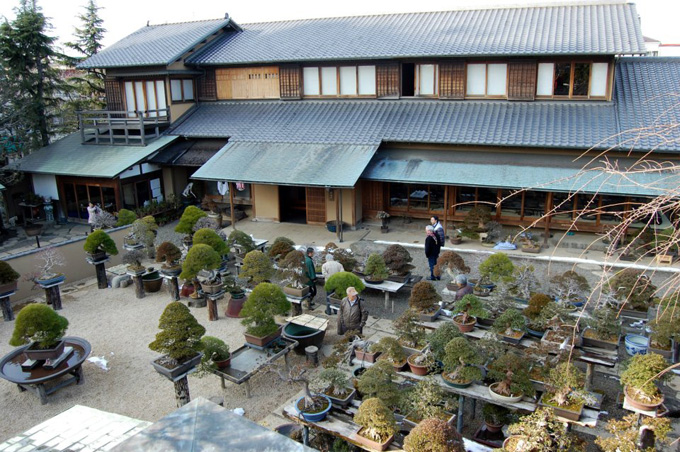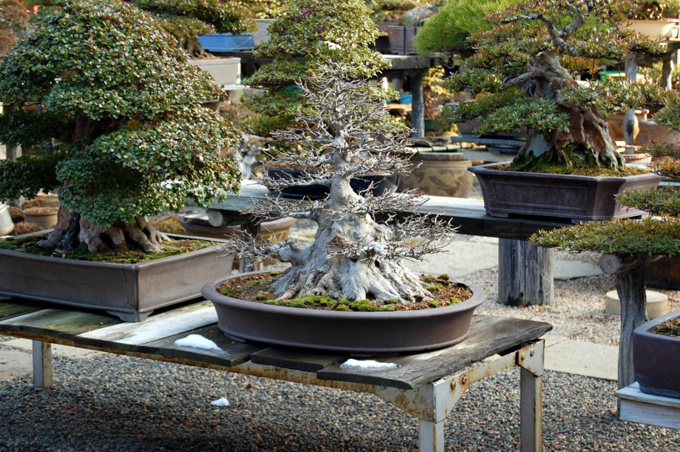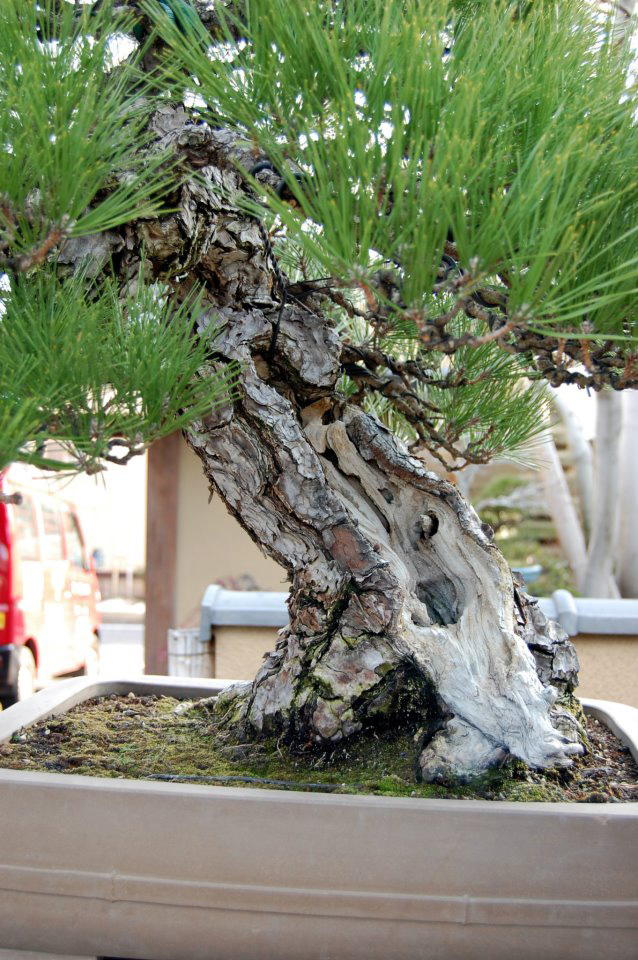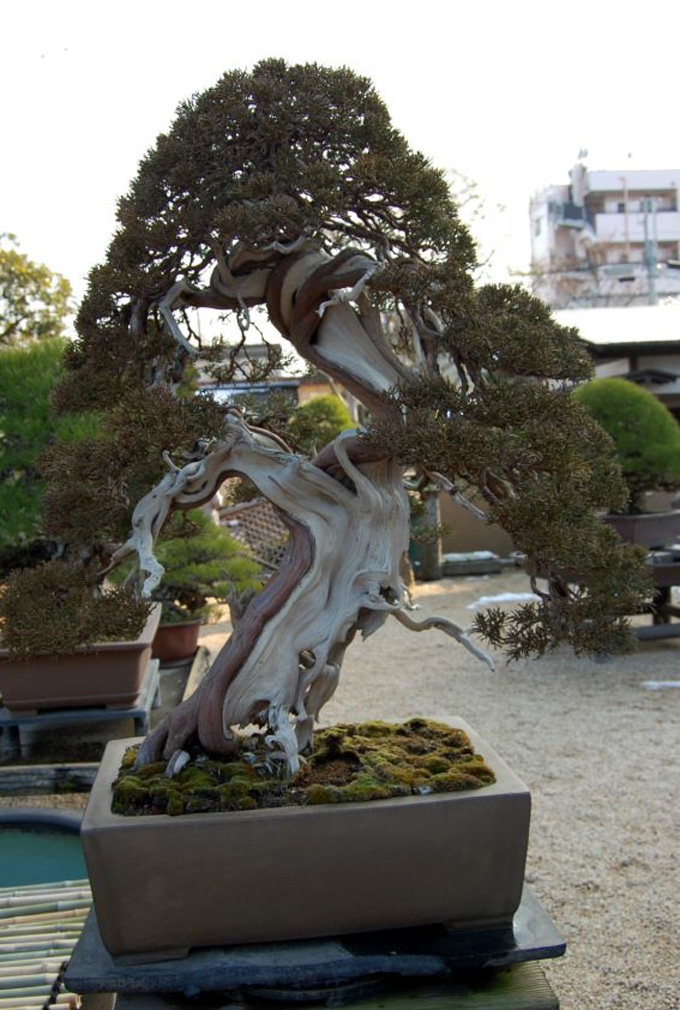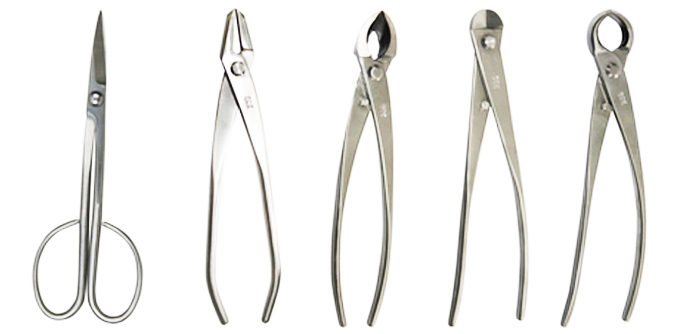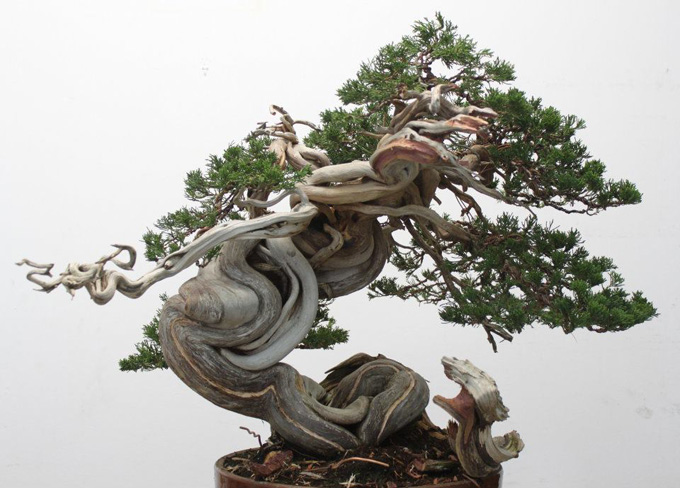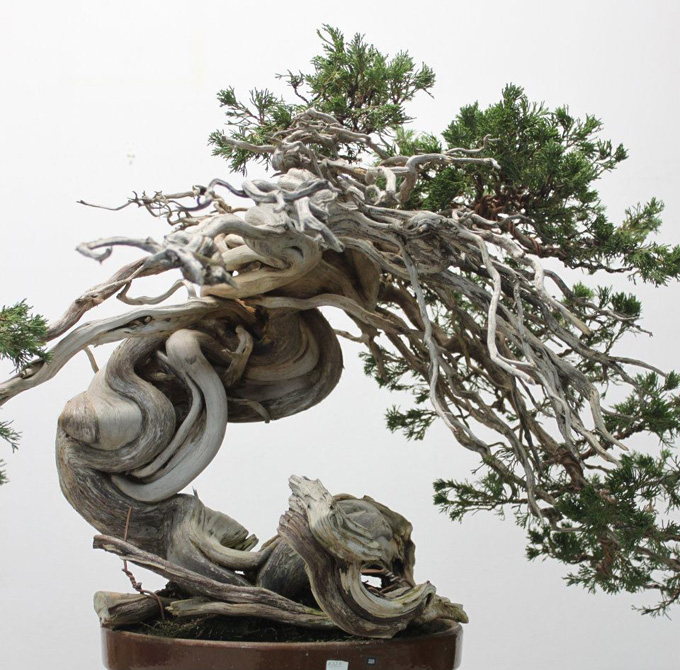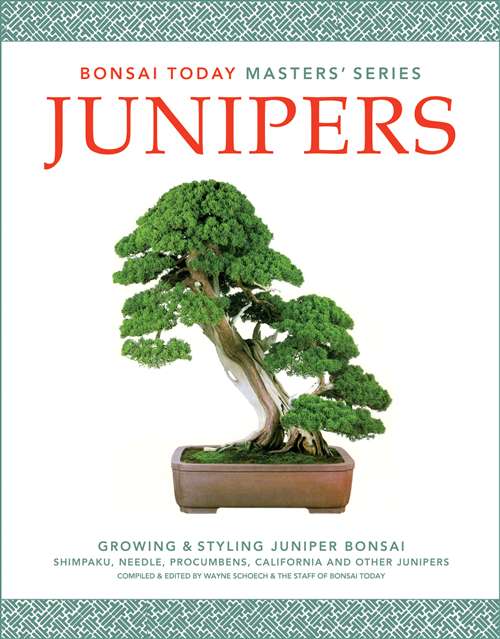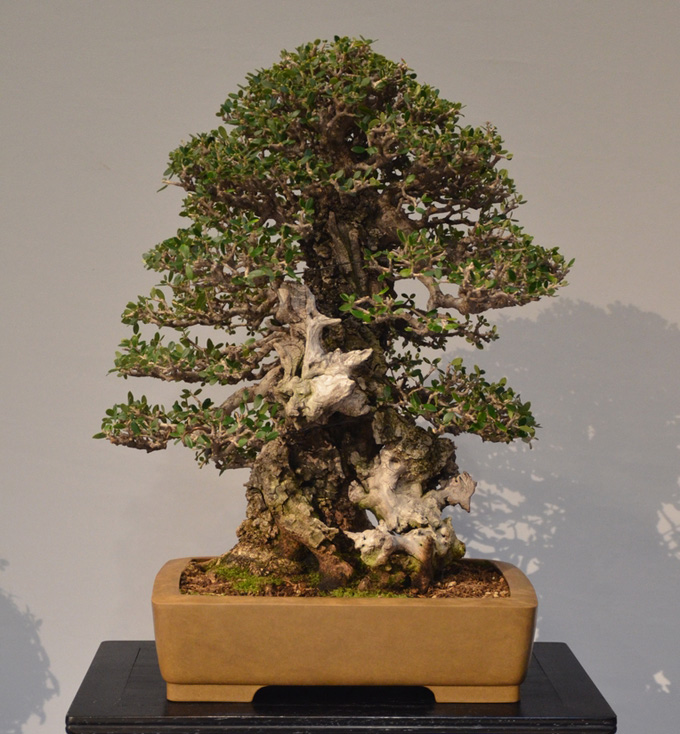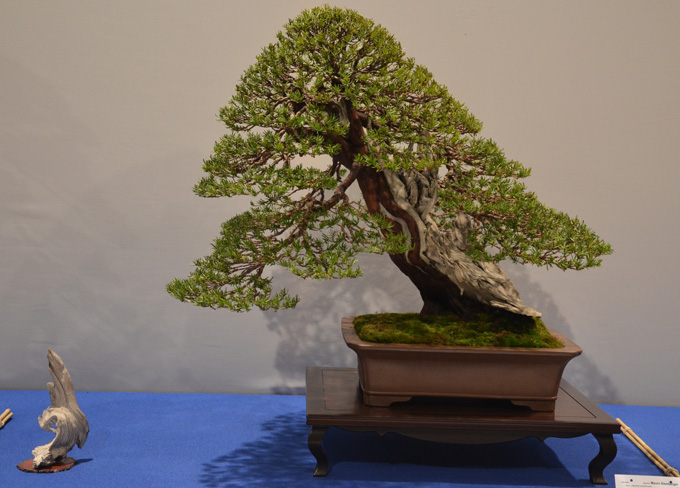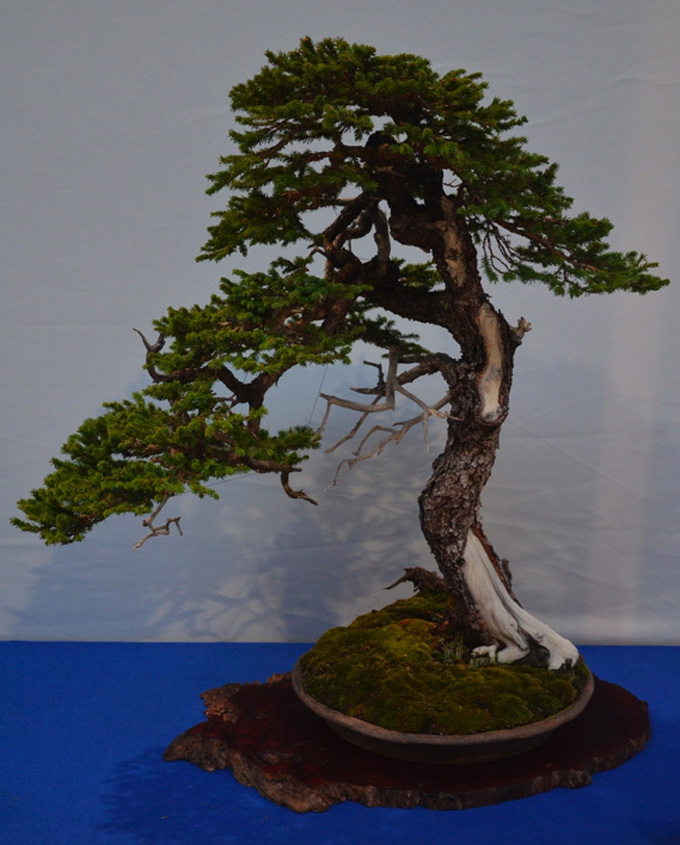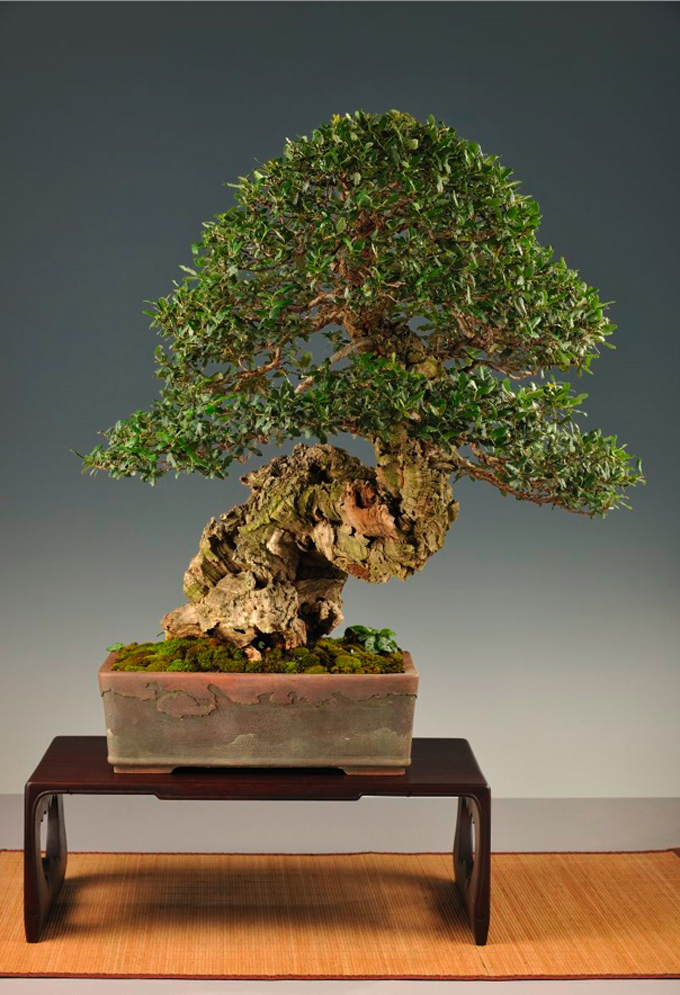 Bodacious bark. I’m not sure I’ve ever seen bark quite like this. Its uniquely patterned texture and color adds an abundance of character and age to this wonderful old live oak. Furthermore (and at the risk of excess word proliferation), have you noticed the pot? How much character it has (and how small it is for the tree)? No mention of who made it with the photo, but whoever did deserves some love. The tree and the pot are from the ‘My Trees’ section of Mauro Stemberger’s website.
Bodacious bark. I’m not sure I’ve ever seen bark quite like this. Its uniquely patterned texture and color adds an abundance of character and age to this wonderful old live oak. Furthermore (and at the risk of excess word proliferation), have you noticed the pot? How much character it has (and how small it is for the tree)? No mention of who made it with the photo, but whoever did deserves some love. The tree and the pot are from the ‘My Trees’ section of Mauro Stemberger’s website.
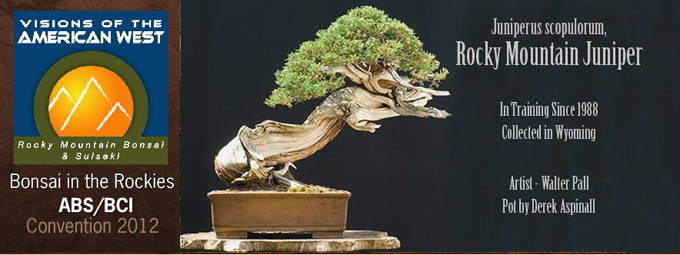 Rocky Mountain bliss. The dates are June
Rocky Mountain bliss. The dates are June 17-20 21-24. Here’s the ABS link, and here’s the BCI link.
Our Stone Lantern warehouse will be closed the week of April 16th
All orders received that week will be charged and shipped the following week on a first-come, first-served basis.
Overrun by spam
If you didn’t see your comment on a recent Bonsai Bark post it’s because our spam filter gave up on us and we were overwhelmed by spam for a few crazy days. We’ve got a new filter now and it seems to be up to the task, so things should be back to normal.
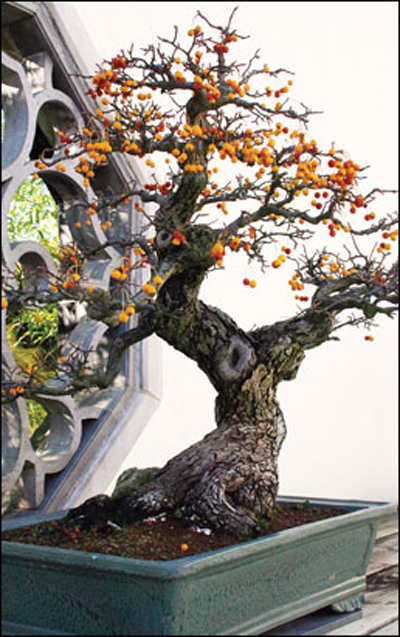 Suthin Sukosolvisit will be at the National Bonsai & Penjing Museum for the Potomac Bonsai Festival, May 4 – May 6
Suthin Sukosolvisit will be at the National Bonsai & Penjing Museum for the Potomac Bonsai Festival, May 4 – May 6
Here’s the whole scoop, straight from the National Bonsai Foundation’s website: Co-sponsored by the Potomac Bonsai Association (PBA), the National Bonsai Foundation, and the U.S. National Arboretum, this unique festival features a show of PBA member trees, a new-talent competition and a vendor tent filled with bonsai trees and supplies. A juried exhibit of bonsai will be on view in the Special Exhibits Wing of the museum. Free demonstrations will be given by PBA members and bonsai master Suthin Sukosolvisit. There will also be fee-based workshops.
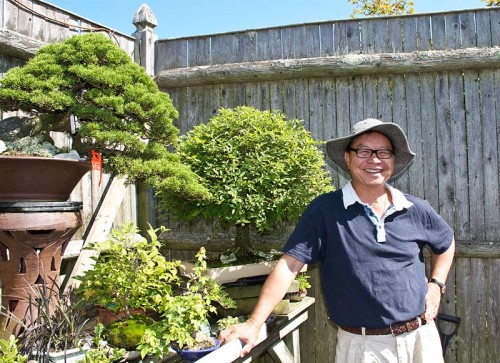 Smiling Suthin. We don’t usually feature photos of people in this blog, but I couldn’t resist. Suthin will be at the National Bonsai & Penjing Museum in May (see directly above).
Smiling Suthin. We don’t usually feature photos of people in this blog, but I couldn’t resist. Suthin will be at the National Bonsai & Penjing Museum in May (see directly above).
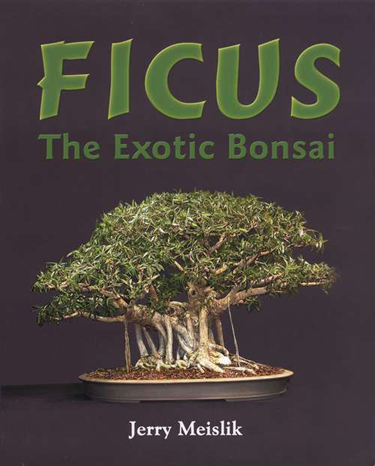 Ficus review. I stumbled upon this Columbus Bonsai Societies review of the book, Ficus, the Exotic Bonsai while I was looking for the Society’s reviews of our pine and juniper books (the good people of Columbus assure me that these reviews are coming soon).
Ficus review. I stumbled upon this Columbus Bonsai Societies review of the book, Ficus, the Exotic Bonsai while I was looking for the Society’s reviews of our pine and juniper books (the good people of Columbus assure me that these reviews are coming soon).
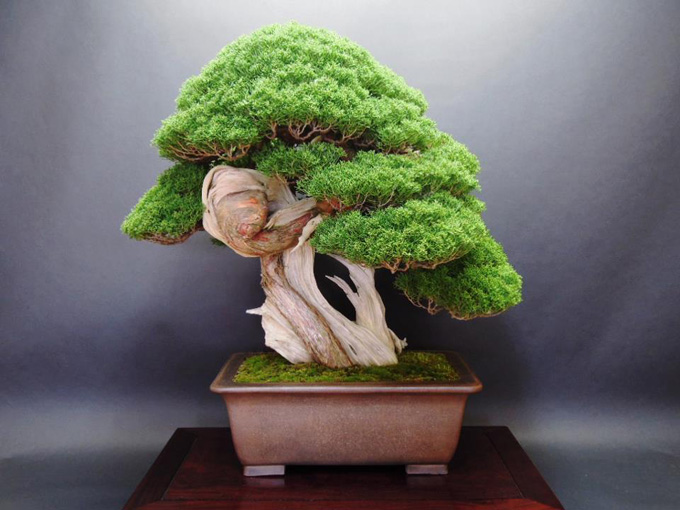 Another masterpiece by Isao Omachi. Two distinctive features jump out at first glance: that strange round whirl at the top of the trunk, and the luscious crown. If you linger for a moment, you might also notice the web of small branches that support the crown and the negative space created by the trunk’s split shari.
Another masterpiece by Isao Omachi. Two distinctive features jump out at first glance: that strange round whirl at the top of the trunk, and the luscious crown. If you linger for a moment, you might also notice the web of small branches that support the crown and the negative space created by the trunk’s split shari.
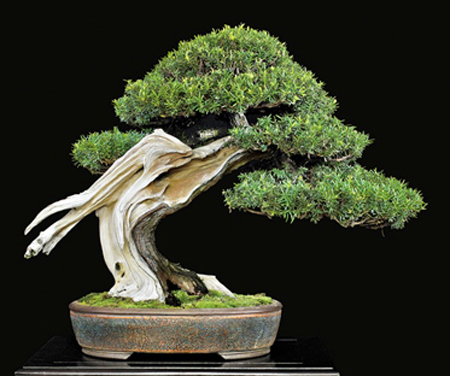 Save the date! June 9th and 10th. The world bonsai community will be again enriched by the display of bonsai gathered from across the United States for the 3rd U.S. National Bonsai Exhibition. See you there!
Save the date! June 9th and 10th. The world bonsai community will be again enriched by the display of bonsai gathered from across the United States for the 3rd U.S. National Bonsai Exhibition. See you there!
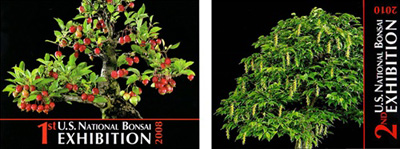 World class bonsai books. Soon there will be three (and then four, and so forth). We have a limited number of these beautiful collectors’ books left. When they’re gone, they be gone; they won’t be reprinted.
World class bonsai books. Soon there will be three (and then four, and so forth). We have a limited number of these beautiful collectors’ books left. When they’re gone, they be gone; they won’t be reprinted.
 Viva Brasil! This one looks good and there’s plenty of time to plan.
Viva Brasil! This one looks good and there’s plenty of time to plan.
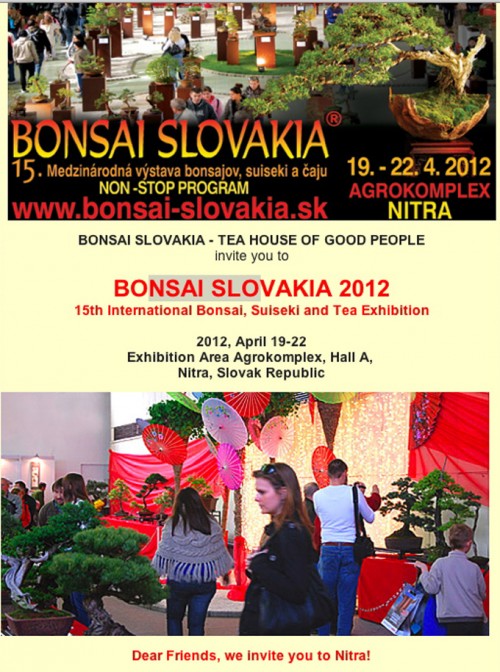 Bonsai Slovakia. This one also looks good, but you better hurry.
Bonsai Slovakia. This one also looks good, but you better hurry.
 Delicious, delicate color. From the New Korea Bonsai Museum.
Delicious, delicate color. From the New Korea Bonsai Museum.
 Capital Bonsai, Ryan Neil & Nature’s Way Nursery. We featured a post from the Capital Bonsai blog not too long ago. We’ve also featured Ryan Neil’s bonsai several times, but I don’t think we’ve ever featured Nature’s Way Nursery. Now, with a simple click, you can enjoy all three in one place.
Capital Bonsai, Ryan Neil & Nature’s Way Nursery. We featured a post from the Capital Bonsai blog not too long ago. We’ve also featured Ryan Neil’s bonsai several times, but I don’t think we’ve ever featured Nature’s Way Nursery. Now, with a simple click, you can enjoy all three in one place.
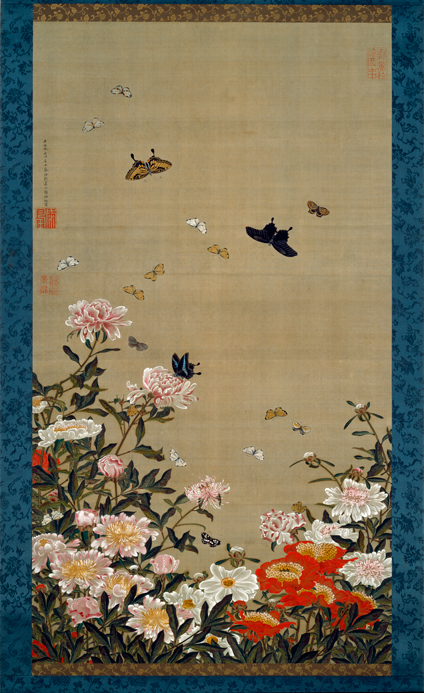 Colorful Realm: Japanese Bird-and-Flower Paintings by It? Jakuch? (1716–1800) at the US National Gallery of Art until April 29th.
Colorful Realm: Japanese Bird-and-Flower Paintings by It? Jakuch? (1716–1800) at the US National Gallery of Art until April 29th.
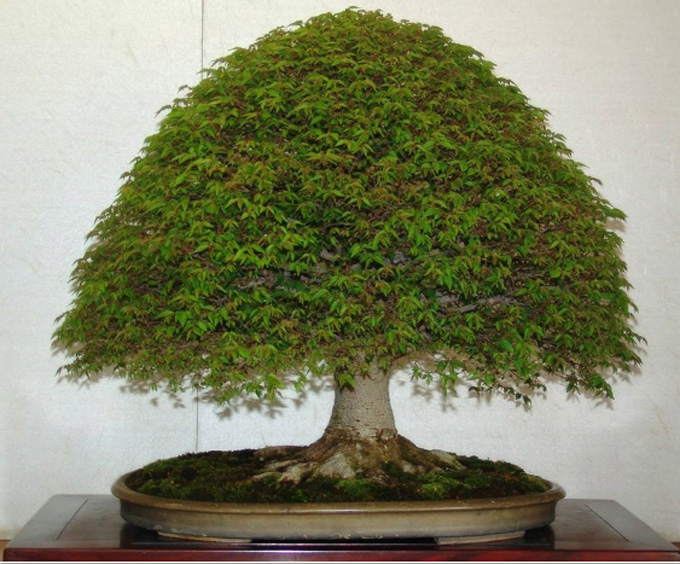 In addition a one of the most perfectly developed crowns you’ll ever see, with its amazing profusion of tiny leaves; this
In addition a one of the most perfectly developed crowns you’ll ever see, with its amazing profusion of tiny leaves; this 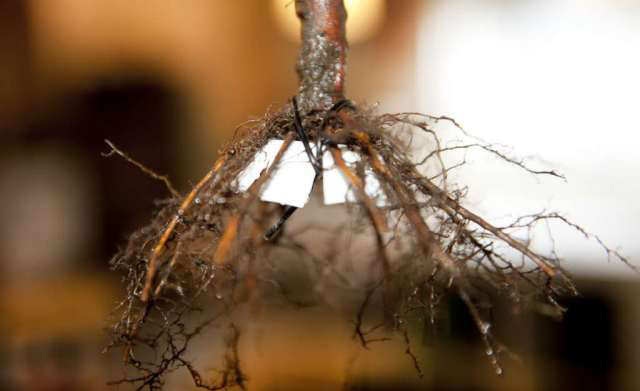 One of a series of photos by Morten Albek on growing better shohin roots and trunk.
One of a series of photos by Morten Albek on growing better shohin roots and trunk.